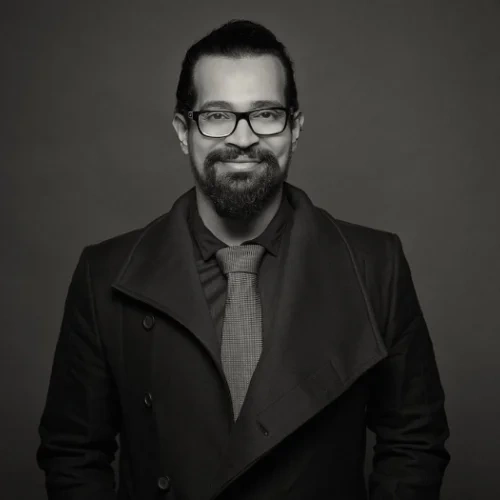Supervision also brings into focus the effects of dynamics in the space between the coachee and the coach while elevating the key elements in the wider system of the coaching conversation.
Coaching supervision develops the coaches’ awareness so that interventions benefit from paying attention to all that may be going on inside us, as we work with coachees. As a result, we learn more about the impact that individual the coachee have on us and we can respond to them more intelligently. Supervision also brings into focus the effects of dynamics in the space between the coachee and the coach while elevating the key elements in the wider system of the coaching conversation. As a result, one can subtly and powerfully influence every coaching conversation. Newly acquired insights and skills bring elegance and impact.
This level of relational awareness and understanding supports the coach to move from transactional, functional coaching to deep and transformative conversations that acknowledge the impact of the living, relational, systemic field of coaching.
The new era also brings forward “The 7 Eye Supervision Model” that came into being in the year 1985, Peter Hawkins and Robin Shohet, who integrated the relational and systemic aspects of supervision in a single theoretical model. The model is relational because it focuses on the relationships between client, Coach and supervisor and systemic because it focuses on the interplay between each relationship and their context within the wider system. - http://www.livingtherapy.co.uk/seven-eyed-model
You have the luxury of experiencing yourself from the inside. You know yourself better than anyone else, you are the expert on you. Your “process” is the sum of your moment-by-moment thoughts, emotions, sensations and behavior (e.g. your body language) in response to your client.
The Supervision Coaching pattern consists of 7 pivotal steps which may or may not follow a pattern. The 7 Eyed Supervision Model is customized and used in the intervention process based on the how the coachee responds to the entire process.
The coachee’s system
Here the focus is on the coachee and the content of the issues they have brought to the coaching and the wider issues of their organisation. It includes, not only the problem both parties want help with, but also how they are presenting and framing the issues.
The coach’s interventions
Here the focus is on the interventions the coach made and alternative choices that might have been used. It might also focus on a situation in which the coach is about to intervene and explore the possible options including the likely impact of each.
The relationship between the coach and the coachee
Here the focus is on the relationship that the coach and coachee are creating together.
The coach
Here the focus is on the coach themselves, both what is being re-stimulated in them by the coachee’s material and the dynamics of the client system, and themselves as an instrument for registering that which is happening beneath the surface of the coaching relationship.
The supervisory relationship
Here the focus is on the live relationship between the supervisor and the coach. The focus needs to include what coach has absorbed unconsciously from the coachee system and how it may be being played out in the relationship with the supervisor. Unconsciously the coach can treat the supervisor in the way their coachee treated them.
The supervisor self-reflection
The focus for mode six is the supervisor’s “here and now” experience with the coach and what can be learnt about the coach / coachee / client relationship from the supervisor’s response to the coach and the material they present.
The wider context
The focus of mode seven is on the organizational, social, cultural, ethical and contractual context in which the coaching is taking place. This includes being aware of the wider group of stakeholders in the process that is being focused upon: the client organization and its stakeholders, the coach’s organization and its stakeholders, and the organization or professional network of the supervisor.
You have the luxury of experiencing yourself from the inside. You know yourself better than anyone else, you are the expert on you. Your “process” is the sum of your moment-by-moment thoughts, emotions, sensations and behavior (e.g. your body language) in response to your client. If you can gain awareness of your process, you will discover an invaluable stream of “data” that will allow you to learn much about the client, yourself and the relationship between you that was previously unknown to you. - http://www.livingtherapy.co.uk/seven-eyed-model
Await the next blog on the various aspects of Coaching Supervision.






Comments